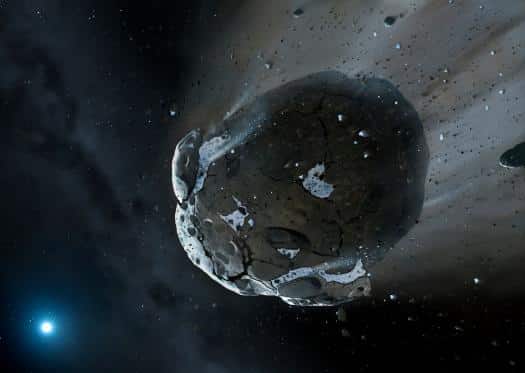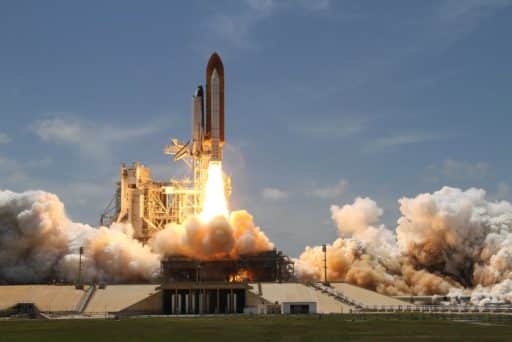Scientists as well as researchers have been busy for long time to find an alternate world of Earth that could be inhabitable for human beings. Although space agency NASA has found ‘drinkable’ water on Mars which lighted a hope of having a habitable planet, but the search for more habitable planet kept going. However, lately some British astronomers have found an evidence of a rocky exoplanet that contains 26% water.
With the help of Hubble Space Telescope and the large Keck telescope on Hawaii, British astronomers found this rocky exoplanet outside our solar system. The researchers analyzed the dust and debris surrounding a white dwarf called GD61, a small but incredibly dense burned-out star that lies 170 light years away.
The astronomers have reported that they have found an excess of oxygen, a chemical signature that indicates the debris had once been part of a bigger body originally composed of 26% water by mass. By contrast, only approximately 0.023 percent of the Earth’s mass is water.
Boris Gansicke, an astronomer from the University of Warwick, said in a statement, “Those two ingredients — a rocky surface and water — are key in the hunt for habitable planets outside our solar system so it’s very exciting to find them together for the first time outside our solar system.”
Astronomers think the water detected around the white dwarf GD61 came from a minor planet that might be at least 90 km in diameter, that once orbited the parent star before it became a white dwarf. They have said that this is the first time the signature of water has been found.
Lead author Jay Farihi from the University of Cambridge has said, “The finding of water in a large asteroid means the building blocks of habitable planets existed — and maybe still exist — in the GD61 system, and likely also around substantial number of similar parent stars.”
Source: Keck Observatory
[ttjad keyword=”dslr-camera”]



![Read more about the article [Video] NASA Reveals How Mars Looked Like 4 Billion Years Ago](https://thetechjournal.com/wp-content/uploads/2013/11/4-Billion-Years-Ago-Mars-512x345.jpg)